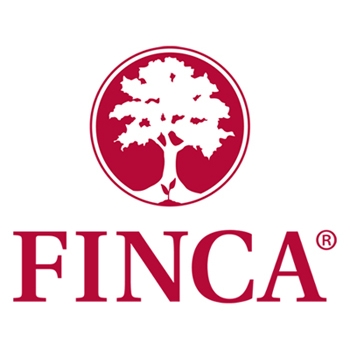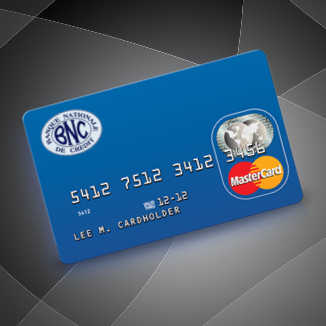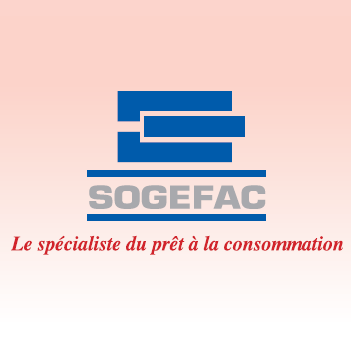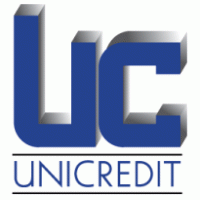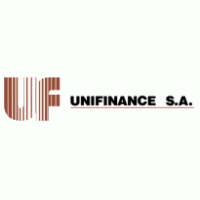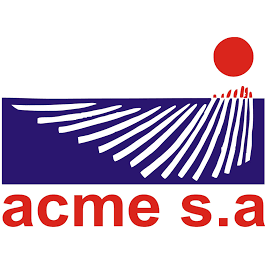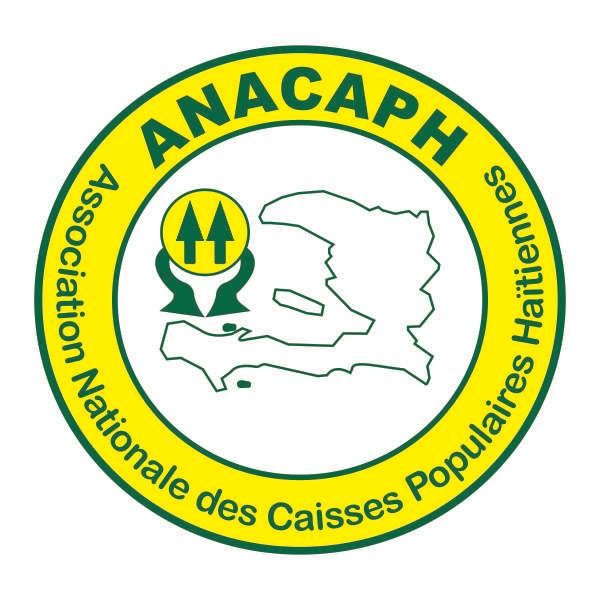![]()

About the Inter-American Development Bank
More Than Revenue.
Taxation in Latin America is largely viewed as a means of generating income to keep the government in business. But taxation is more than revenue, it is also a development tool. Learn more at www.iadb.org/dia
Established in 1959, we are the leading source of development financing for Latin America and the Caribbean, with a strong commitment to achieve measurable results, increased integrity, transparency and accountability. We have an evolving reform agenda that seeks to increase our development impact in the region.
While we are a regular bank in many ways, we are also unique in some key respects. Besides loans, we also provide grants, technical assistance and do research. Our shareholders are 48 member countries, including 26 Latin American and Caribbean borrowing members, who have a majority ownership of the IDB.
Our Fund for Special Operations (FSO) provides concessional financing to our most vulnerable member countries.
Given our shareholder base and prudent management, we have a strong financial position. As a result, the IDB is able to borrow in international markets at competitive rates and transfer that benefit to our clients.
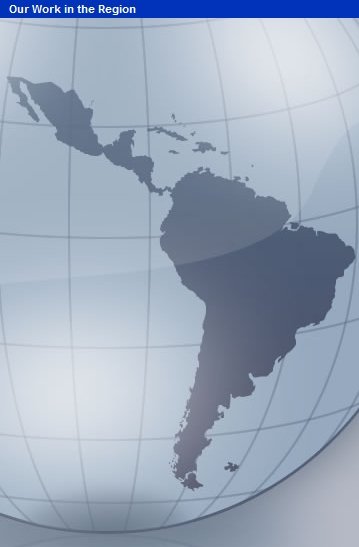
| Haiti and the IDB |
|
Preparing for Reconstruction in Haiti |
|
Country Strategy |
|
Membership |
|
Indicators |
|
Projects |
|
Debts Relief |
|
Contributing to the reconstruction |
|
Procurement Information |
BID Haiti - Results after 2 Years.
Basic Facts
- President:
- Luis Alberto Moreno
- Membership:
- 48 countries represented by the Board of Executive Directors
- Approved lending and grants in 2012:
- $11.4 billion
- Employees:
- About 2,000
- Offices:
- Headquarters in Washington, DC, with country offices in 26 borrowing countries, plus a regional office in Asia and office in Europe.
- Clients:
- Central governments, provinces, municipalities, private firms and non-governmental organizations.
- Budget:
- 2013 Approved Program and Budget
- Download:
- Promoting sustainable growth. Fighting poverty and inequality (PDF)
Strategies
The IDB has a series of strategies to achieve its institutional mandates.
It has an Institutional Strategy, encompassed in the Report on the Ninth General Increase in the Resources of the Bank, and has developed strategies for four sector priorities: social policy for equity and productivity; institutions for growth and social welfare; competitive regional and global international integration; and protection of the environment, response to climate change, promotion of renewable energy and ensuring food security.
The IDB, together with each of its borrowing member countries, also prepares Country Strategies.
Operations Policies of the Inter-American Development Bank
Operations Policies of the IDB are divided into two parts for purposes of dissemination on the Bank's website: general operational policies common to all types of financing activities, and sector policies, which provide guidance in specific fields of activity.
The IDB's procurement policy governs the rules and procedures that apply to the purchase of goods and services for Bank-financed projects. The institution also has a Acces to Information Policy that governs access to information on its operational activities.
In addition to these policies, the IDB's lending program is also guided by strategies, broader statements that seek to make operational the mandates given to the institution by its Board of Governors.
A third instrument used in the design and development of projects is “best practices.” Best practice documents take the form of policy notes, technical notes and discussion papers incorporating "lessons learned" from a variety of sources, including projects financed by the IDB.
Who We Are
The IDB is the main source of multilateral financing and expertise for sustainable economic, social and institutional development in Latin America and the Caribbean.
The IDB Group is composed of the Inter-American Development Bank, the Inter-American Investment Corporation (IIC) and the Multilateral Investment Fund (MIF). The IIC focuses on support for small and medium-sized businesses, while the MIF promotes private sector growth through grants and investments, with an emphasis on microenterprise.
What We Do
Partnering with clients, the IDB seeks to eliminate poverty and inequality, and promotes sustainable economic growth.
The Bank supports clients in the design of projects, and provides financing, technical assistance and knowledge services to support development interventions. The IDB focuses on empirical evidence for making decisions and measuring the impact of this projects to increase its development effectiveness.
Our Clients
The IDB lends to national, provincial, state and municipal governments as well as autonomous public institutions. Civil society organizations and private sector companies are also elegible for IDB financing.
What we finance and what we seek to achieve:
What types of products we offer:
- Lending and Grants (Financial Instruments: Rates, Loans, Grants, Guarantees, Equity Investments, Technical Cooperation, Financing Solutions, Funds under Administration)
- Knowledge Generation
- Project Preparation Facilities
Operations:
- Operational Summary
- New Lending Framework, 2005-2008 (in force until 2012)
- Evaluation and Auditing
- Integrity and Transparency
- Debt Relief
To help raise awareness of tackle social issues, the IDB supports campaigns that promote changes in key areas such as human trafficking and youth participation in development.
How we are organized
The IDB is headed by the Board of Governors, which delegates oversight of Bank operations to the Board of Executive Directors. Day-to-day operations are run by the management team.
Each member country appoints a governor, whose voting power is proportional to the Bank’s capital subscribed to by the country. The 26 Latin American and Caribbean countries in the IDB hold 50.02 percent of the voting power. The single largest shareholder is the United States, with 30.01 percent.
Members of the Board of Executive Directors serve three-year terms at IDB headquarters in Washington, D.C.
The President of the IDB, who is elected by the Board of Governors for a five-year term, is the institution’s chief executive officer and legal representative, responsible for the day-to-day business of the Bank. He is assisted by one Executive Vice President and four Vice Presidents.
History of the Inter-American Development Bank
The idea of a development institution for Latin America was first floated during the earliest efforts to create an inter-American system, at the First Pan-American Conference in 1890. It would take nearly seven decades for the IDB to become a reality, under an initiative proposed by President Juscelino Kubitschek of Brazil.
The Bank was formally created in 1959, when the Organization of American States drafted the Articles of Agreement establishing the Inter-American Development Bank.
Throughout the years, the IDB has added new member countries and it increased its capital nine times. These actions have allowed the IDB to boost support for poverty alleviation and other development programs that have helped transform Latin America and the Caribbean. Although much remains to be done, the region's social indicators have improved significantly in such areas as literacy, nutrition and life expectancy.
| bidhaiti@iadb.org | |
| Address | 6, Puits Blain, Rte de Freres, Pétion-ville |
| Phone | 509 2812-5000,, |
| Fax |


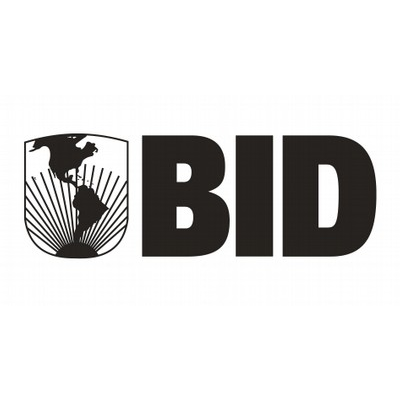


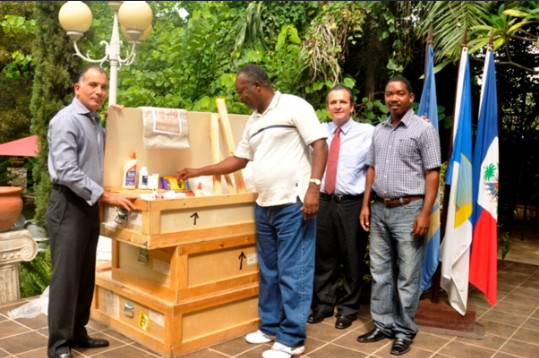
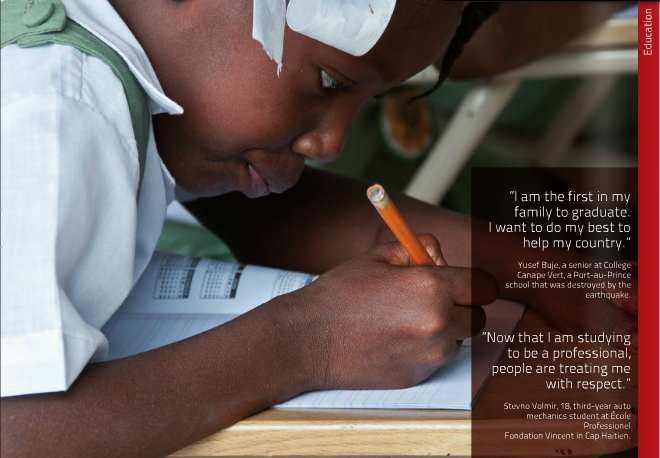
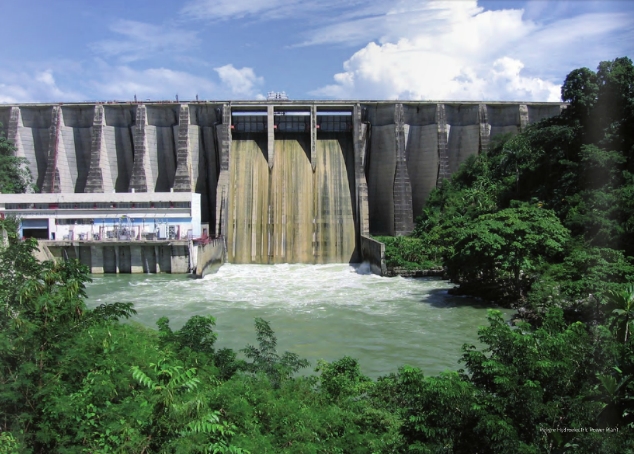
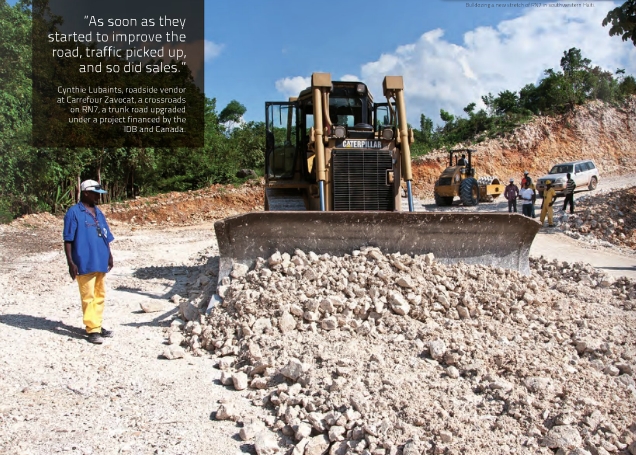
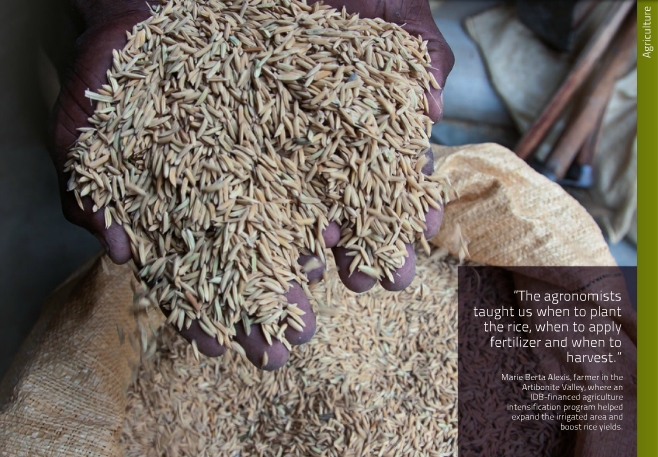

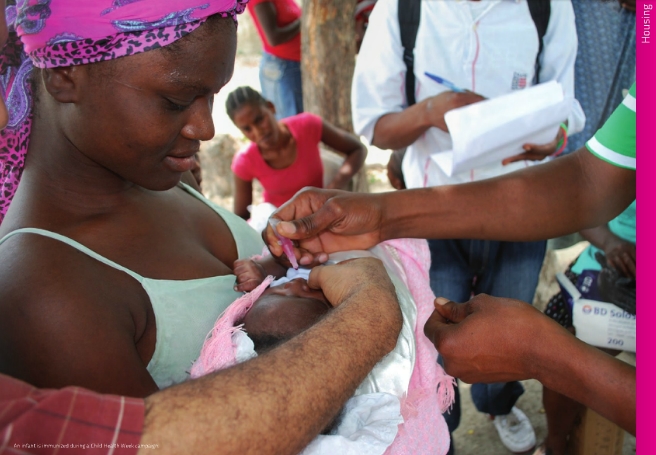
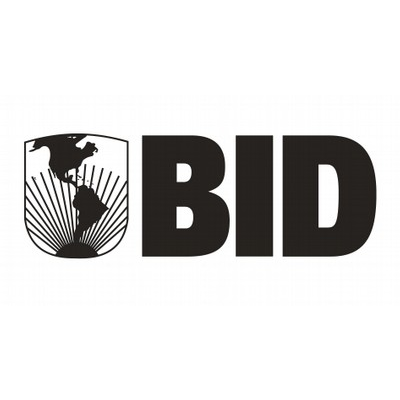















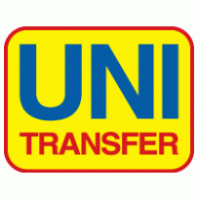
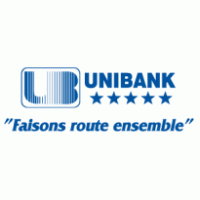

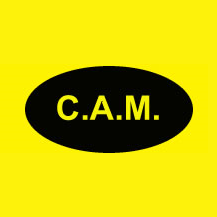
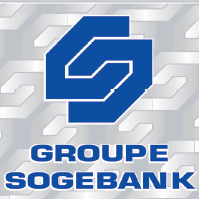
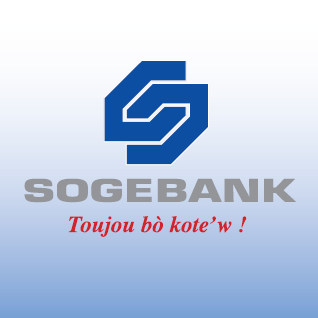




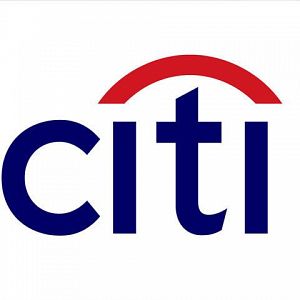
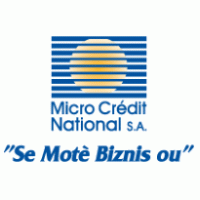
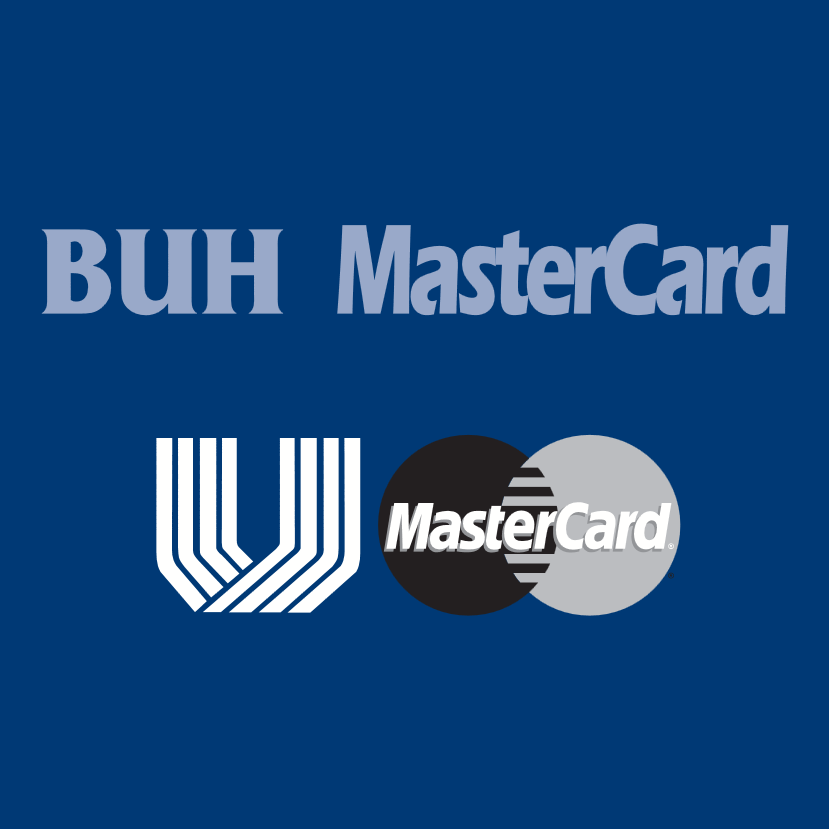

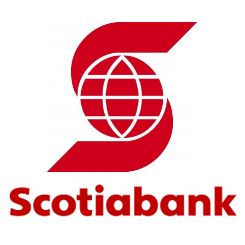
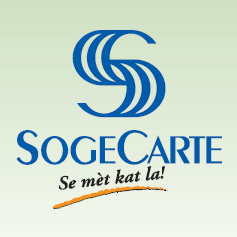
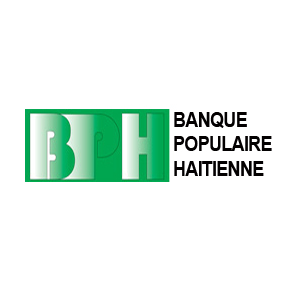

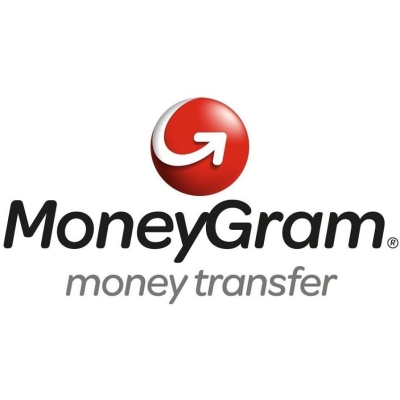
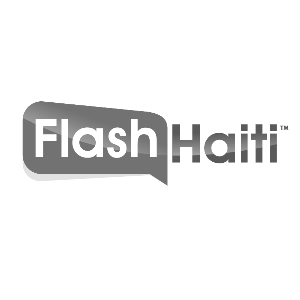
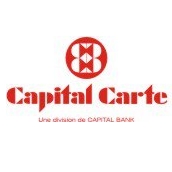
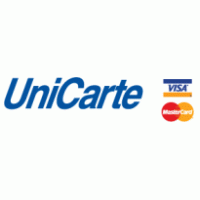
-logo.png)
